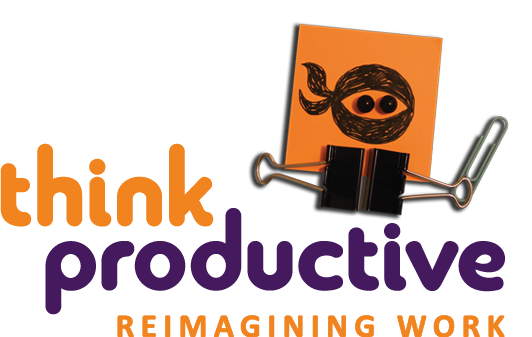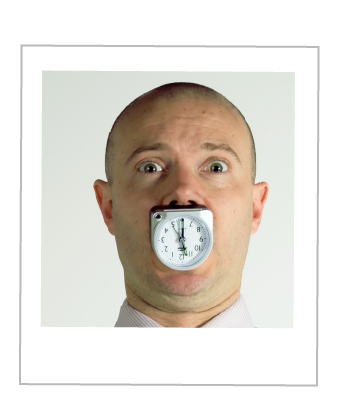So it’s the end of another productivity experiment. For June, I was “flipping the 9-5”, working 5-9pm and then for the last week and a bit, 5-9am. This month kind of summed up the whole year of experiments so far: it had bursts of amazing productivity, lulls of distinctly unproductive time and an overall sense of disorientation. One thing I am starting to realise is that consistency to your routine (rather than radical change every 30 days!) is important to your productivity. So when the year of experimentation is at an end, that will be my aim!
What did I learn?
There were four main learning points for me this month:
1. Energy
I tried as hard as I could to make 5-9pm work. I really wanted it to. I can picture myself in the future being comfortable with a 5 day a week, 4 hours a day cycle of work. But 5pm until 9pm? It’s a no-man’s land of time. Frustratingly close to 3pm to mean you can’t really go out all day, yet frustratingly close to bedtime to disrupt your sleep AND any thoughts of a social life at the same time.
The biggest problem I found was that by 5pm I was already low on energy. I had precious little proactive attention to spend on the more complex areas of my work. Hence I spent those couple of weeks being really good at email, but not so focussed on stuff that really mattered.
Moving to 5-9am was also pretty interesting… and much more successful. I have never been what you might call “a morning person”. Yet, getting up at 4.45am (OK, a couple of days it was more like 6am!) felt great. It was empowering – a bit naughty, even – to think that I had three or four hours in front of me before anyone would think to interrupt my flow. A few years ago now, I awoke at around 4am in my beach-hut in Goa with an idea for a workshop. It was called “Getting Your Inbox to Zero”. I was experiencing such a rush of ideas that I jumped out of bed, grabbed my laptop and sat watching the sunrise over the sea whilst I created the workshop. It’s gone on to be one of Think Productive UK’s best-selling workshops and I think it’s also the thing that makes us stand out. Several times this last month I’ve recalled that morning of inspiration and it’s inspired me to use the energy of the mornings much more than I have done in recent years.
The energy I found in my early mornings was largely down to 2 changes I made to my sleep pattern during those days. My days would look roughly like this:
5am – 9am: working at my desk
9am – 9.30: winding down work, usually talking to the office on the phone or sending emails
9.30 – lunchtime: other stuff I need to do (this month has been some research into mortgages and travel, plus household chores)
after lunch: nap for around 2 hours.
4pm – 6pm: get up again, exercise, reading.
6pm – 6.30: Call with Sam (my PA), to go through my email inbox for that day (this was scheduled for 6pm when I was doing 5-9pm, but actually it worked pretty well as a way of wrapping up the day, so I didn’t move it).
6.30 onwards: prepare food, eat, maybe go out.
9.30pm/10pm: bed
I think in future, a 6am – 10am morning shift might work well for me. At the end of the year of experiments, I’ll be using all of the results to decide my working pattern and productivity design for the whole of the next year and so far this feels like the best option.
2. Putting your work in a box
The much-discussed term of work-life balance was also on my mind a lot this month. Turns out successful “work-life balance” is nothing to do with the hours you work at all but how you manage your own mental boundaries. When you are thinking about work, you’re working. It’s only when you’re able to let go and be present in the moment, you’re not.
I found the 5-9pm shift much harder in this regard too: I would spend all day preparing mentally for my work. The laptop was there on the desk at home. I knew things were happening without me and was curious to know what. I felt guilty for shifting my attention to things that, according to my work pattern, I was supposed to be doing at that time! But it’s more difficult to relax when you know you still have your whole (!) day’s work ahead. Whereas after the 5am-9am shift, I would feel more able to bask in the feeling of a job well done – even if it was still only 10am!
3. I enjoy silence
I can be quite easily distracted by noisy offices and even by the thought of other people needing my input or decision on things. Some people love the hustle-bustle, some people love coffee shops and company. Me, give me silence and blank page and I’m happy. It’s not that I’m anti-social (well, maybe a little..!), and it’s not that I don’t love the people I work with (I really do!), but silence for me is almost a pre-requisite. I don’t just mean decibels here either. I mean the mental headspace that comes from thinking about my digital noise and reducing the distractions I face. I mean turning off email, staying in the moment by keeping the lists of my “second brain” up to date so I’m not worrying about tomorrow’s to-do’s. Silence is something we increasingly have to work for and earn in our digital lives. It’s funny that this month as I contemplate writing another book, one of the first thoughts in my mind is “where will I create the silence from?”. For me, it’s a massive part of the game.
4. Tactics for dealing with the 9-5’ers.
One thing that I found tricky all the way through the month was the exceptions to the rule. I decided early on not to get hung up about working an hour or two at different times to my 5-9 routines, but in the spirit of experimentation, I would deduct that time from my shift either that day or the next day (otherwise I’d just end up working a full 9-5 PLUS a 5-9 shift!).
There were numerous exceptions. Most were phonecalls, where someone’s availability dictated an exception (although a few people rose to the challenge and we spoke at 8.30am or 6pm or whatever). There were also three or four meetings as well.
So my one question about doing this kind of a shift pattern long-term is how to manage these exceptions. You could take this kind of a stance:
“work 5-9am – or 6-10am – and then when the odd meeting or phonecall comes up, schedule it during the morning, so that you still have a clear block of time in the afternoon for downtime, naps and so on”.
…but my worry is that those morning meetings or calls would creep into lunchtime, and then suddenly you’re just working 5am until 6pm every day.
Or you could take this kind of a stance:
“Those are my hours. I don’t make exceptions. 6am til 10am means every day I have an hour between 9 and 10 for calls and meetings. Deal with it.”
…but my worry here is that if I set up something so strict, I’d quickly be missing opportunities and damaging the business. And probably annoying the rest of the team, too.
So I don’t really have an answer to this (yet). And the answer may lie in 6am until 10am being restricted to two or three days a week, with another couple of days being more flexible.
So that’s it. I flipped the 9-5. It felt like quite a ‘bitty’ experiment, but as I pass the halfway mark in my 2013 productivity experiments I know there are some lessons that I will take forward into the future too.
Like this? try this…
How flipping the 9-5 started
Are you working at the wrong time?
How to get from panic to productivity when the clock’s ticking


